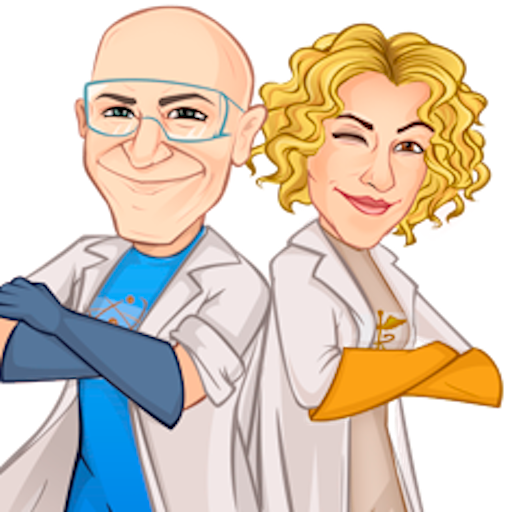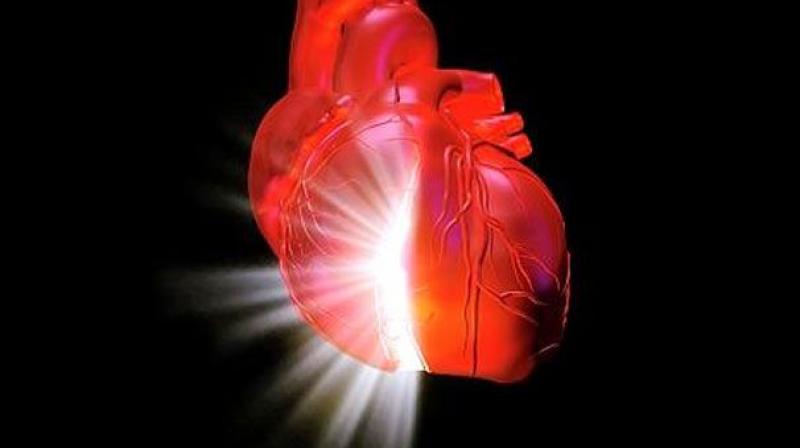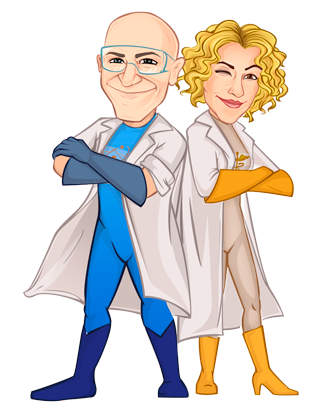Nobel Prize-winning physicist Werner Heisenberg observed, “The universe is not only stranger than we think, but stranger than we can think.”
Heisenberg knew what he was talking about. The quantum world that he helped discover is totally bizarre. In the quantum world of particles (such as electrons):
- One thing can be in many places at the same time (as if you were sitting in your den and your dining room and your bedroom and your garage at the same time).
- Two versions of a single thing that are in different places can interact with each other as if they were completely different things (as if you split into two you’s, and one then slugged the other).
- A change in a thing in one part of the universe can instantaneously change another thing on the opposite side of the universe (as if you sneezed and someone 13.5 billion light years away said “gesundheit”).
- A “quantum eraser” has been shown to “go back in time” and erase a quantum event that already happened (as if you sneezed, then went back in time to “un-sneeze”). An explanation of this weird phenomena is that individual “things” not only exist in multiple places at the same time, but at multiple times in the same place…
These weird phenomena have led some out-of-the-box thinkers to conclude that hard boundaries between past, present, and future are not so hard after all, and that small stretches of the future might actually exist in the present. Some scientists believe that—because present and future might overlap—it is possible to sense the future in the present.
Researchers at the HeartMath Institute (HMI) are examples of psychophysiologists who think they have discovered this type of clairvoyance in the laboratory. Here’s what their published research claims:
HMI’s Rollin McCraty, a professor at Florida Atlantic University, asserts that changes in heart-rate statistics of experimental subjects predicted two distinct types of events two to 14 seconds before those events happened:
- Whether a photograph to be seen in the immediate future had emotionally arousing or emotionally neutral content.
- The outcome of a bet at the roulette table (whether experimental subjects were going to win or lose a roulette bet).
In both cases, McCraty showed that changes in heart-rate variability (how much the heart speeds up and slows down when a person breaths in and out) changed in statistically significant ways several seconds before the events actually happened. And changes in heart rate differed significantly depending on whether an image was going to be neutral or arousing or whether a bet was going to be won or lost.
Aware of the skepticism that would greet these results, McCraty worked very hard to control for confounding variables such as time interval anticipation, correlated sound cues or subject/experimenter fraud.
McCraty concluded that intuitions about future events partly reside in the heart, and the afferent (sensory) signals from the heart to the brain may constitute what we think of as unconscious “gut feelings” or hunches.
In other words, phrases such as “Listen to your heart,” “Follow your heart” and “I believe deep in my heart” are more than metaphors: They are literal descriptions of what happens when we have intuitions. Another way of looking at McCraty’s findings is that many of our “gut” feelings are actually “heartfelt.”
Despite McCraty’s strenuous efforts to eliminate spurious sources of experimental error, I remain skeptical that the heart, or any other organ, can “see” into the future. I’m similarly hesitant to say clairvoyance is “impossible” (because Heisenberg was right about the strangeness of the universe), but my intuition is that a far less exotic explanation for McCraty’s findings will ultimately emerge. Still, I believe that McCraty was spot-on with his conclusion that feelings of intuition can literally live in our hearts.
Dr. Bradley Dunn of Cambridge University has shown that sensing changes in our heart rate can indeed be critical to tapping into intuitions. He constructed a fictitious game in which test subjects had to follow their hunches about which of four decks of cards they should choose to pick a card of a specific color. The decks were actually “stacked” such that two (the “profitable decks”) had a 60% chance of having a card of the color being sought, while the other two (the “unprofitable decks”) only offered a 40% chance of success. During the trials, Dunn monitored subjects’ heart rates.
Going only on intuition, most of the subjects eventually started to draw more from the profitable decks than unprofitable decks. Dunn discovered that, as subjects’ experience with the game grew, changes in their heart rate correlated highly with picking the “profitable” decks over the “unprofitable” decks. These correlations were strong even though the test subjects themselves weren’t consciously aware of which decks were profitable: They had learned to make the right choices without realizing they had learned it! Or, put another way, their hearts knew more than their minds.
One of the more intriguing findings of Dunn’s study was that subjects who were consciously aware of their heartbeats performed much better in the game than subjects who could not feel their hearts beat. Perhaps what differentiates people who are intuitive from those who are not is simply an ability to sense their hearts beating in their chests: Some of us know our heart better than others.
A gut feeling tells me this is true—and if it’s not true now, it will be true in the very near future!
**This article was originally published on Dr. Eric Haseltine’s Psychology Today Column**
© Dr. Eric Haseltine


